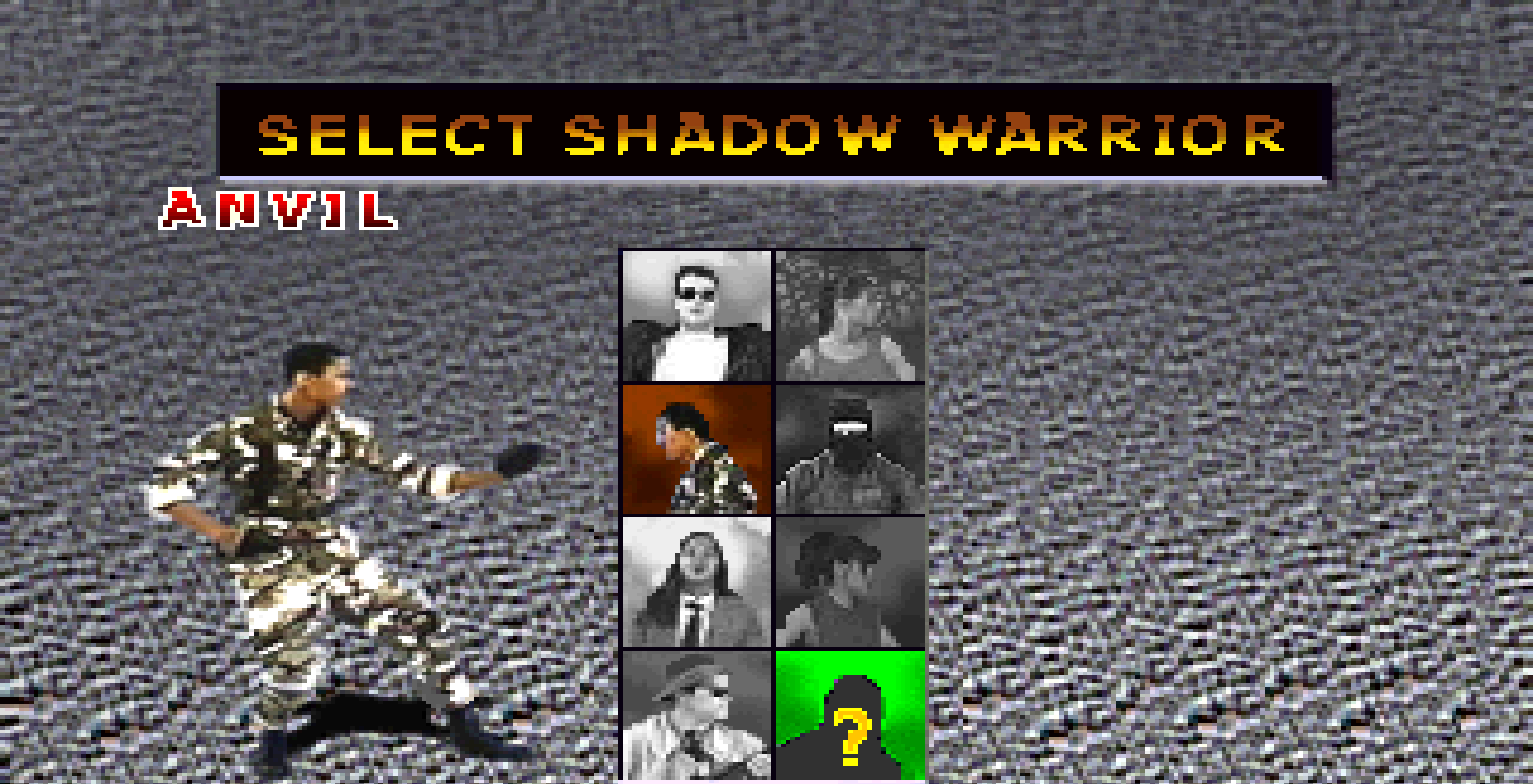

Melee weapons are an exception, it’s the only notable element of the combat. Pistols, assault rifles, bows and arrows, and shotguns all feel seriously underpowered. Like Borderlands 2, Shadow Warrior 2 boasts a sizeable arsenal of weapons, but most of them are unsatisfying to use. However, perhaps the biggest disappointment is the weapon quality. You can turn these things off (like I did) but that doesn’t stop foes from feeling like bullet sponges. In keeping with the RPG-lite adjustments, enemies now have health bars, and numbers leap off of them when you damage them.
#Shadow warrior 2016 series#
However, these additions’ effects are incremental at best – mere distractions that force you to navigate a series of menus so you can drop points into categories you probably won’t really care about.

#Shadow warrior 2016 upgrade#
A leveling system also lets players earn skill points to give Lo Wang new powers or upgrade existing stats, like health or how many rounds of ammo he can hold. The second game expands its size, presenting the player with various zones they can explore to complete side quests to earn weapons and money to buy upgrades. The first game was a straightforward, corridor game focused on killing a bunch of bad guys with swords and guns. The solid gameplay from the reboot receives a few tweaks in the sequel, and not all of them for the better. The missteps with the plot would be more forgivable if the dialogue was snappy or entertaining, but the jokes are a combination of stale pop-culture references, potty humor, and quips that feel like they’re trying so hard to be edgy – none of it really works. This results in a story that’s constantly failing to explain why you, as Lo Wang, are going to do the thing you do, usually fetch quests or assassination missions that go from being entertaining to downright dull rather quickly. The game asserts that its characters have depth and heart beyond profanity and bloodlust, that there is some element of tragedy at the heart of the story. Many games of this type discard story in the name of wacky, bloody shenanigans but Shadow Warrior 2 is insistent on its plot. If you don’t remember how villain number one was a different kind of bad guy from villain number two in the reboot, you’re going to spend a good portion of the sequel trying to figure out the surprisingly convoluted relationships between characters. The story makes no effort to explain every “familiar” face you meet or what role they have to play in the grand scheme of things. As someone who played through that reboot last year, I was constantly frustrated by the sequel’s expectation that I remember each and every archetypal character I met previously. One of Shadow Warrior 2’s biggest problems is it tries to create an epic adventure story that rests chiefly upon callbacks to the reboot. While that sounds promising on paper, Shadow Warrior 2 is a prime example of how bigger is not always better. Flying Wild Hog’s sequel tries to expand on that solid foundation, introducing RPG-like elements and a quest system in a semi-open world that emulates the likes of Borderlands and Destiny. Flying Wild Hog’s 2013 reboot channeled the irreverent humor of the original game into a modern first-person slasher/shooter that was smart enough to bank on its own arcadey action rather than mine nostalgia. The original Shadow Warrior probably ranks among the more forgettable Doom clones, arriving in 1997 shortly before the likes of Half-Life, Quake, and Unreal made first-person shooters one of gaming’s most popular genres.


 0 kommentar(er)
0 kommentar(er)
